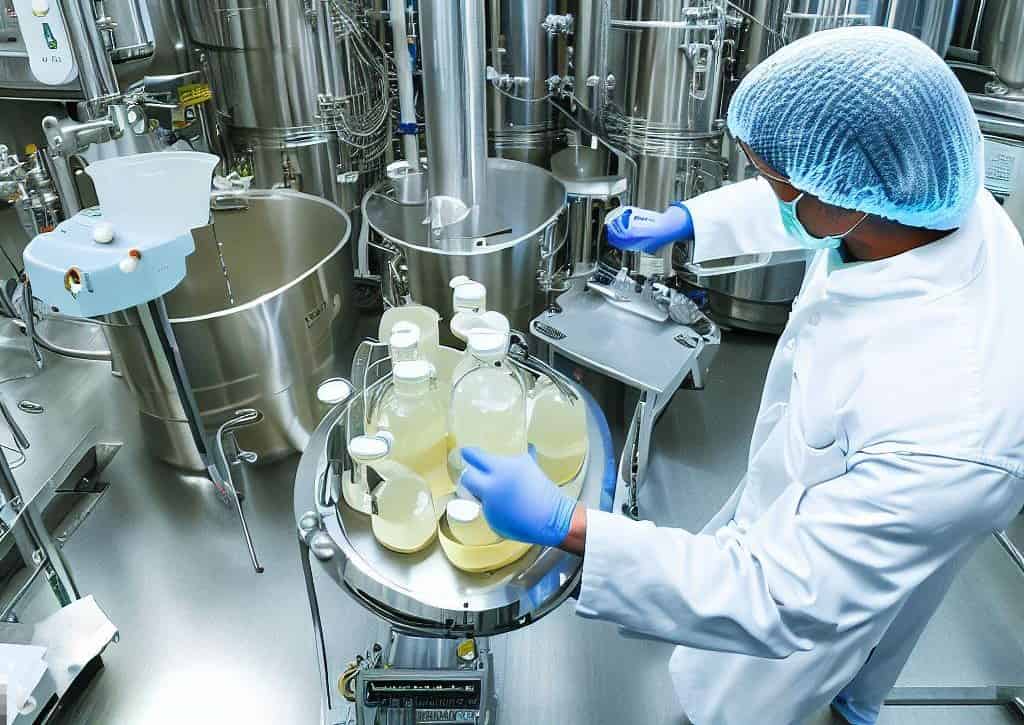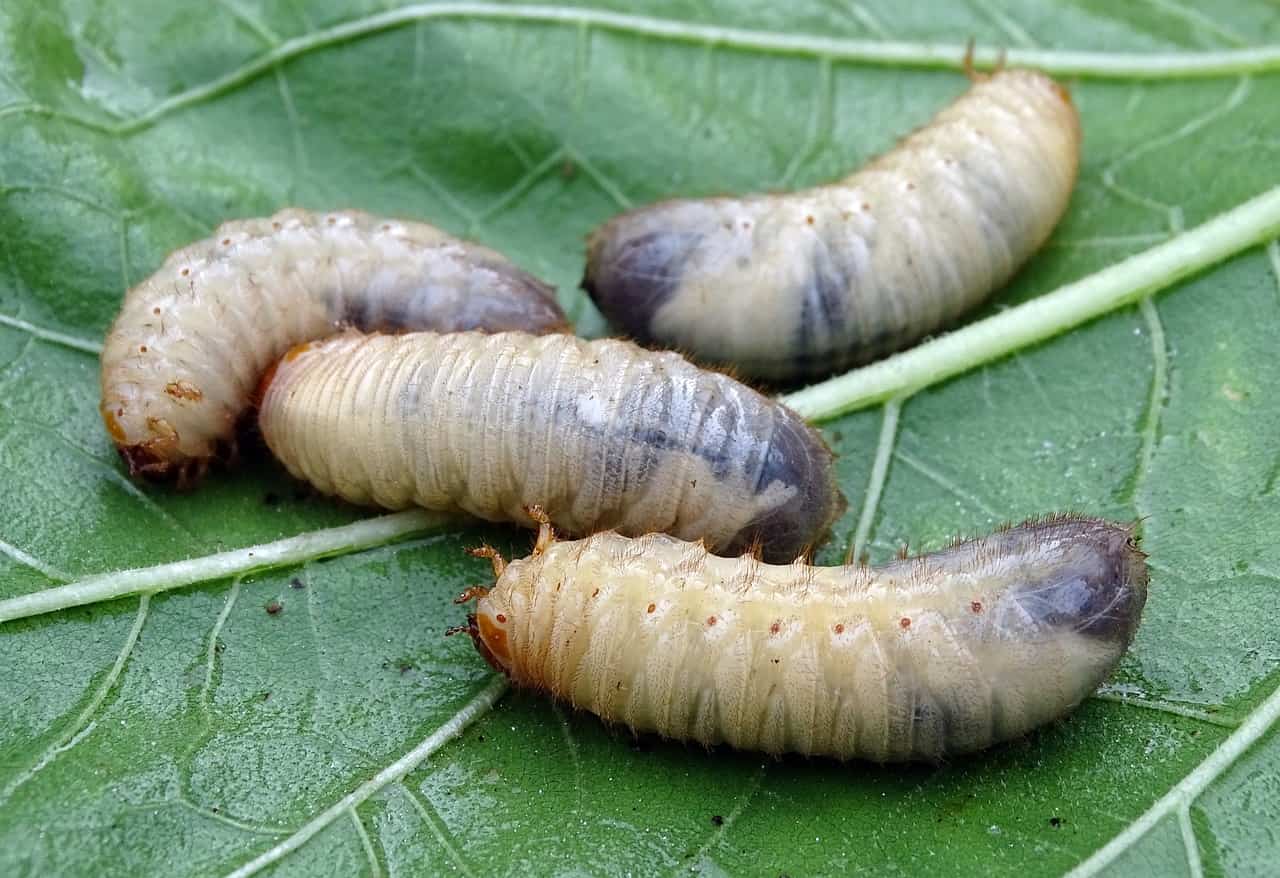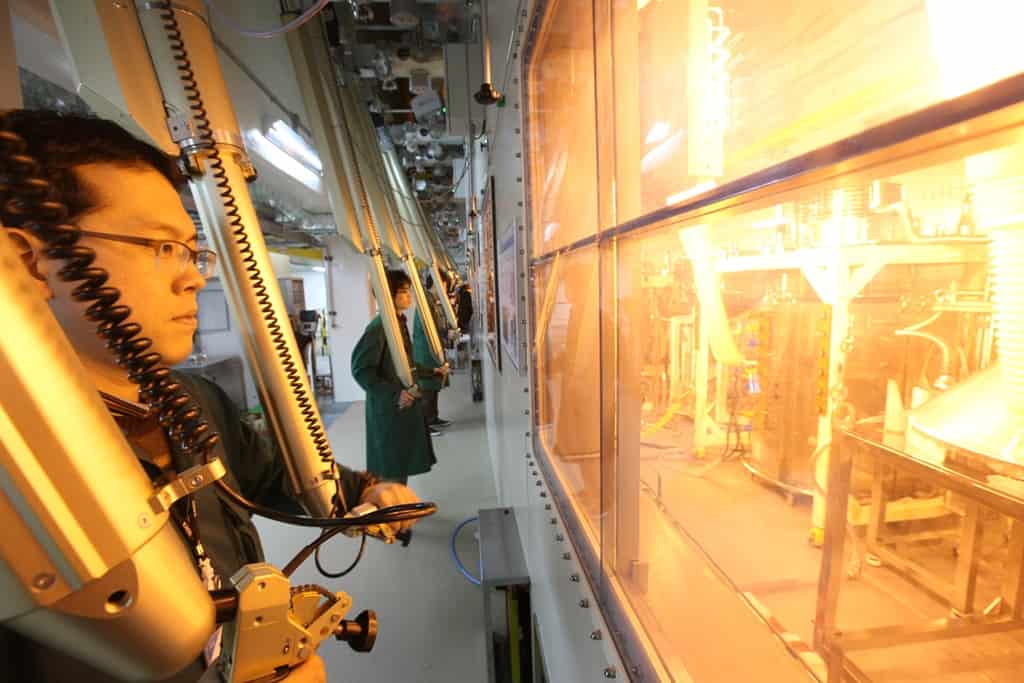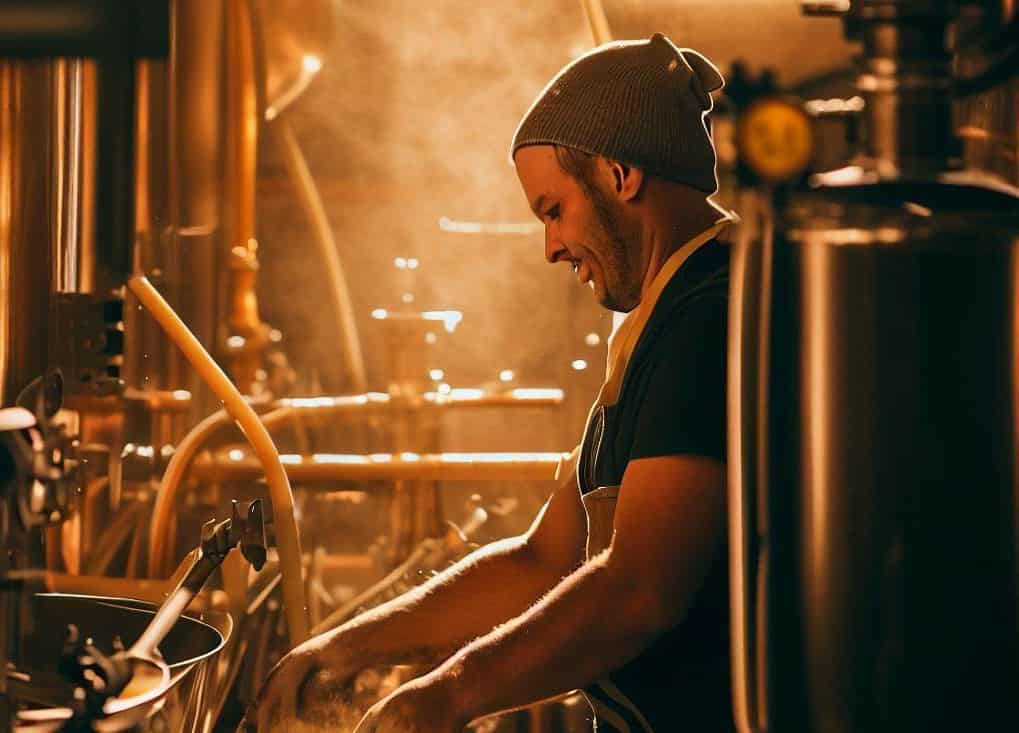
The beer brewing industry produces vast amounts of grain waste, which can be efficiently utilized to produce food, biofuel, and valuable chemicals. Recent research elucidates how this waste can be seen as a raw material for new products rather than mere waste. Protein-rich, edible fungi can be grown on the brewery waste, contributing to food security and reducing pressure on agriculture and animal husbandry.
- Breweries leftovers are not waste anymore;
- They can be the substrate for protein-rich food;
- There’s potential for obtaining biofuels and bioplastics, too;
A Paris-based start-up, Yeasty, is also revolutionizing brewing byproducts by repurposing spent yeast into nutritious, protein-rich flour. The innovative flour can be used in various applications, from plant-based meats to sports nutrition. Furthermore, the EU LIFE YEAST project has demonstrated how brewing waste can be converted into high-value ingredients for the food, beverage, and cosmetics industries. This innovative approach could decrease emissions and a significant shift towards a circular economy in the brewing industry.
Turning waste into a feast: fungi and flour
Dr. Mohsen Parchami’s research project at the University of Borås, Sweden, has made significant strides in transforming brewery waste into nutritious, edible fungi, protein-rich food that can be grown directly on the grain waste. This innovative approach aims to reintegrate byproducts of food production back into the same cycle, reducing pressure on agriculture and animal husbandry. The fungi have already been used as an ingredient in a recently developed food product. Moreover, a new method for pre-treating the waste was developed, enabling the separation of various constituents such as starch, protein, and cellulose, all of which are sources of potential new uses.
On the other hand, a Paris-based start-up, Yeasty, is upcycling spent yeast from beer brewing into a nutritious flour that can be used as a base for food production. The spent yeast has a high protein content of approximately 50 percent, comparable to animal-based proteins. After debittering, the yeast is dried and concentrated to produce a powder similar to flour. This versatile flour has potential uses in various products, including plant-based meat analogs, sports nutrition, and the cosmetics industry.
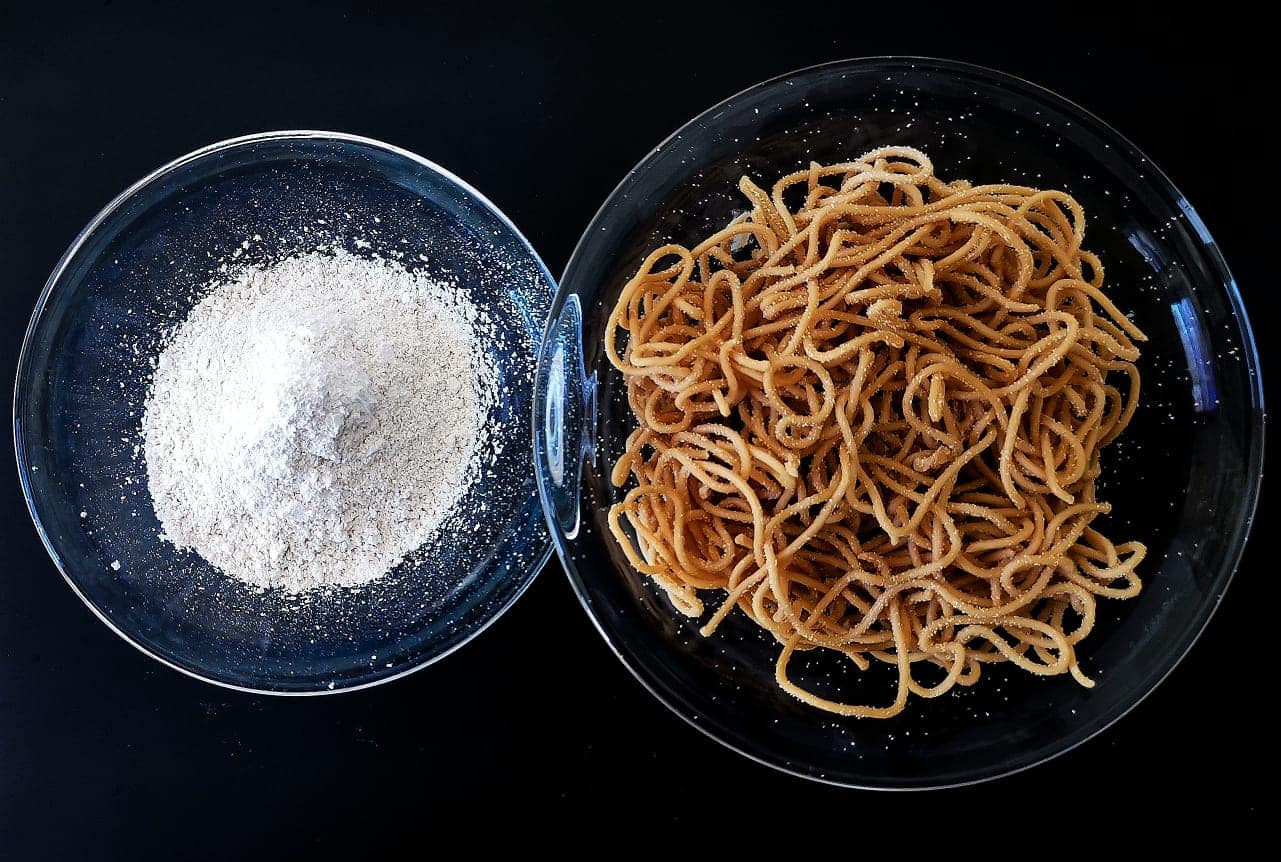
Fueling the future: biofuel and bioplastics
Dr. Parchami’s research has further explored the possibilities of using brewery waste to produce a range of new products, such as biofuel, bioplastics, and ingredients for food production. The potential of these uses is vast. Biofuel produced from brewery waste could contribute to developing sustainable energy sources, while bioplastics made from the same waste could offer a more environmentally-friendly alternative to traditional plastics. The project also looked into producing other valuable products such as biogas, biohydrogen, and volatile fatty acids.
The LIFE YEAST project, another significant contributor to the field, is transforming brewers’ spent yeast into raw materials of high-added value, such as customized yeast extract and Yeast Cell Wall. These raw materials have been found to increase the speed of beer fermentation, offering another potential avenue for optimizing the brewing industry.
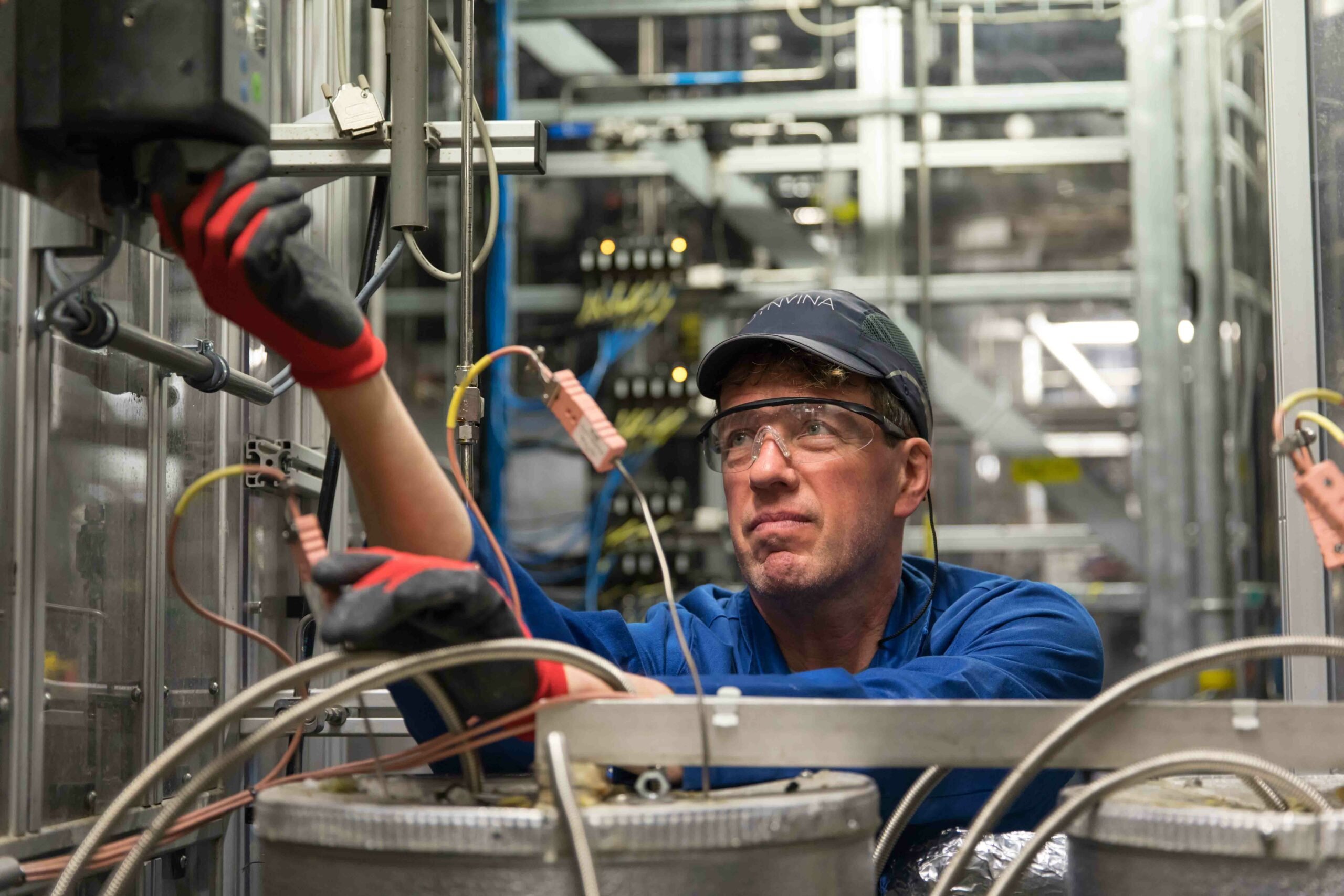
Shaping the future: towards a circular economy
These innovative practices are sparking a significant shift towards a circular economy in the brewing industry. The LIFE YEAST project, for instance, aligns with the EU’s priority of transitioning towards a circular economy, aiming to increase the recycling and reuse of products. By transforming waste into valuable resources, these initiatives are contributing to a more sustainable brewing industry and a more circular economy.
In addition to their environmental benefits, these innovations also have considerable economic potential. For instance, if breweries understood the opportunities in converting grain waste into various products, it could benefit them both from an economic and environmental point of view. The new fractionation process and biorefinery concept developed by Dr. Parchami’s project could also allow breweries to extract valuable substances such as proteins, fibers, and antioxidants.


